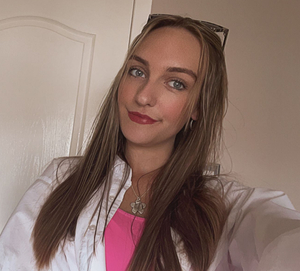Veterinary Medicine (BVMS4 ) Quiz on Eyes - exam, conjunctiva, eyelids, cornea , created by Ella Gordon on 29/09/2023.
Pinned to
4
0
0
No tags specified

|
Created by Ella Gordon
over 1 year ago
|
|
Rate this resource by clicking on the stars below:




 (0)
(0)
0 comments
There are no comments, be the first and leave one below:
Close
 Please wait - loading…
Please wait - loading…